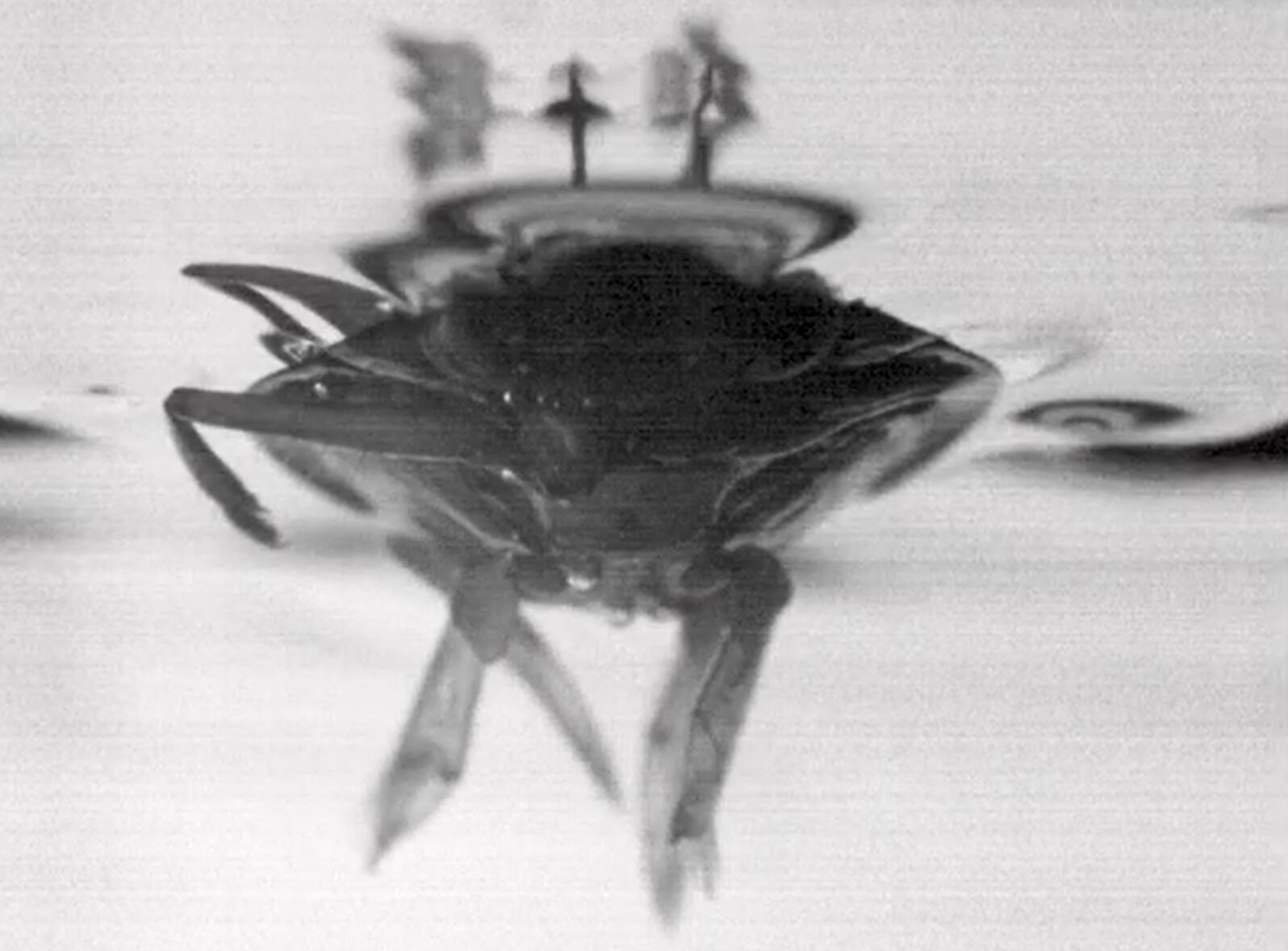Updated on 11-01-2024 | IST 01:02 PM
Whirligig beetles, known as the world’s fastest-swimming insects, have mystified researchers with their remarkable speeds, achieving peak acceleration of 100 meters per second and a top velocity of 100 body lengths per second. A recent study conducted by Cornell University challenges previous explanations of the physics behind their rapid swimming, shedding light on a surprising strategy shared by fast marine mammals and waterfowl.
The common belief among researchers was that whirligig beetles attained their incredible speeds through drag-based thrust, a propulsion system requiring the insect’s legs to move faster than its swimming speed to generate thrust. However, the new findings challenge this assumption, suggesting that the beetles employ a lift-based thrust mechanism, a propulsion system more commonly associated with fast-swimming marine mammals and waterfowls.
Chris Roh, assistant professor of biological and environmental engineering at Cornell University, expressed the unexpected nature of the discovery, stating, “The fastest swimmer and drag-based thrust don’t usually go together in the same sentence.” The study, published on January 8 in the journal Current Biology, unveils the previously unnoticed similarities between whirligig beetles and other high-speed aquatic creatures.
Understanding the mechanics behind the whirligig beetle’s speed not only rewrites previous explanations but also provides valuable insights for bio-inspired designs of near-surface water robots and uncrewed boats. The findings challenge traditional thinking in the field of biomechanics and offer potential applications in the development of faster and more efficient aquatic robotic systems.
Researchers are intrigued by the potential implications for biomimicry, envisioning uncrewed boats and water robots designed to replicate the efficient swimming strategies of these tiny yet high-speed insects. By tapping into the lift-based thrust mechanism observed in whirligig beetles, engineers may find innovative ways to enhance the speed and maneuverability of autonomous aquatic vehicles, opening up new possibilities for exploration and research in water environments.
As the study challenges preconceived notions about insect propulsion, it sparks excitement among researchers and engineers alike, pointing towards a future where nature’s intricate designs inspire the next generation of unmanned aquatic





